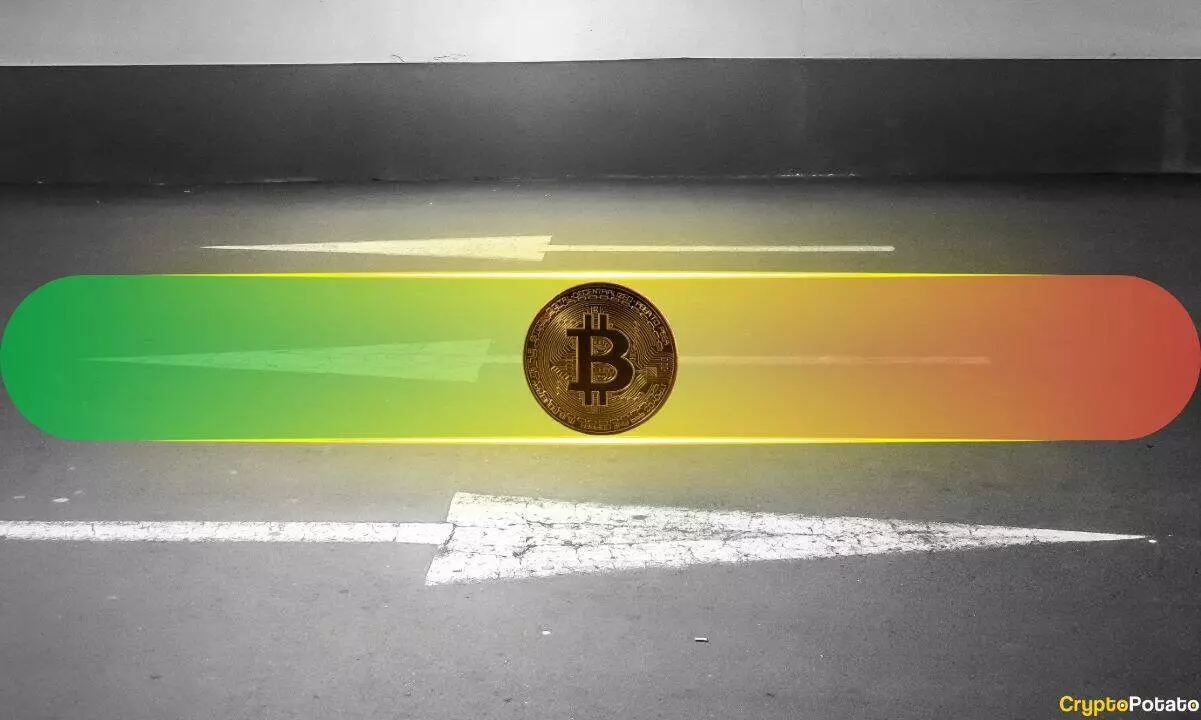Bitcoin’s trajectory in the financial landscape has always resembled a wild rollercoaster ride—unpredictable, exhilarating, but undeniably risky. As Q2 unfolds, Bitcoin has once again captured the market’s attention, crashing down to a precarious low of under $75,000 at the start of April. This significant drop coincided with U.S. President Trump’s trade war taking a more aggressive turn, underscoring how politics can dramatically impact the markets.
From this chaotic backdrop, Bitcoin experienced a remarkable rebound, soaring an impressive $20,000 within a few weeks. However, after breaching the $90,000 threshold, it seems to have adopted a more subdued posture, fluctuating between $93,000 and $95,000. While this tight trading range might seem uninspiring, it presents a paradox of potential: an imminent price breakout may be lurking just around the corner.
Volatility: A Double-Edged Sword
The current trading phase of Bitcoin is reminiscent of the calm before a storm. Many analysts are analyzing the signs that suggest significant price movements could be approaching. Popular crypto analyst Ali Martinez pointed out that the recent decline in volatility, observable through the Bollinger Bands on Bitcoin’s 4-hour chart, hints that a price adjustment is on the horizon. However, one must approach these technical indicators with a blend of hope and skepticism.
Volatility, while often viewed as an enemy in traditional markets, has become Bitcoin’s defining characteristic. The squeezing Bollinger Bands indicate potential price volatility ahead, but they offer no clear guidance on which direction this volatility will follow. Traders who are swooning at the thought of a significant upswing should consider the consequences of such speculative behavior. It’s a high-risk game—one that can just as easily lead to losses as it can to gains.
The Role of Market Sentiment and Accumulation
Beyond mere technical indicators, the behaviors of market participants speak volumes. Recently, reports surfaced showcasing how whale investors—the large entities that hold substantial amounts of Bitcoin—accumulated a staggering $4 billion worth of the asset in a mere fortnight. This unusual surge in accumulation has led many to speculate on a bullish outcome in the near future.
Simultaneously, Bitcoin ETFs (Exchange-Traded Funds) appear to be navigating a complex sea of market sentiment. A brief glimpse of positive movement earlier in April came to an abrupt halt, but outflows of merely $56.3 million indicate that there’s still some level of interest brewing in Bitcoin-related investments. One can’t help but wonder—will these whales and institutional influences be enough to drag Bitcoin out of its current stupor? The answer isn’t entirely clear, but it’s evident that the major players in this game are positioning themselves proactively—a sign that others could follow.
A Bullish Outlook and the Failure of Exchange Reserves
The fact that reserves of Bitcoin on exchanges are plummeting and have hit a five-year low is another intriguing sign for the asset’s potential price movements. Historically, when Bitcoin supply dwindled on exchanges, it signaled a bullish phase rather than a bearish one. However, the market has not yet reacted with the intensity that such conditions typically incite. This lag presents an opportunity for thoughtful investors who recognize that patience plays a vital role in the volatile world of cryptocurrencies.
The entwinement of factors, including diminishing exchange reserves, whale accumulation, and the volatile sentiment surrounding Bitcoin, leads to one conclusion: While the path to $100,000 seems fraught with challenges, it also beckons opportunity for the discerning investor willing to ride the fluctuations. It’s not merely a financial investment; it’s a bet on the evolution of money itself. The journey of Bitcoin is less about the price tag and more about the underlying principles it represents—a decentralized revolution against traditional financial institutions.
















Leave a Reply